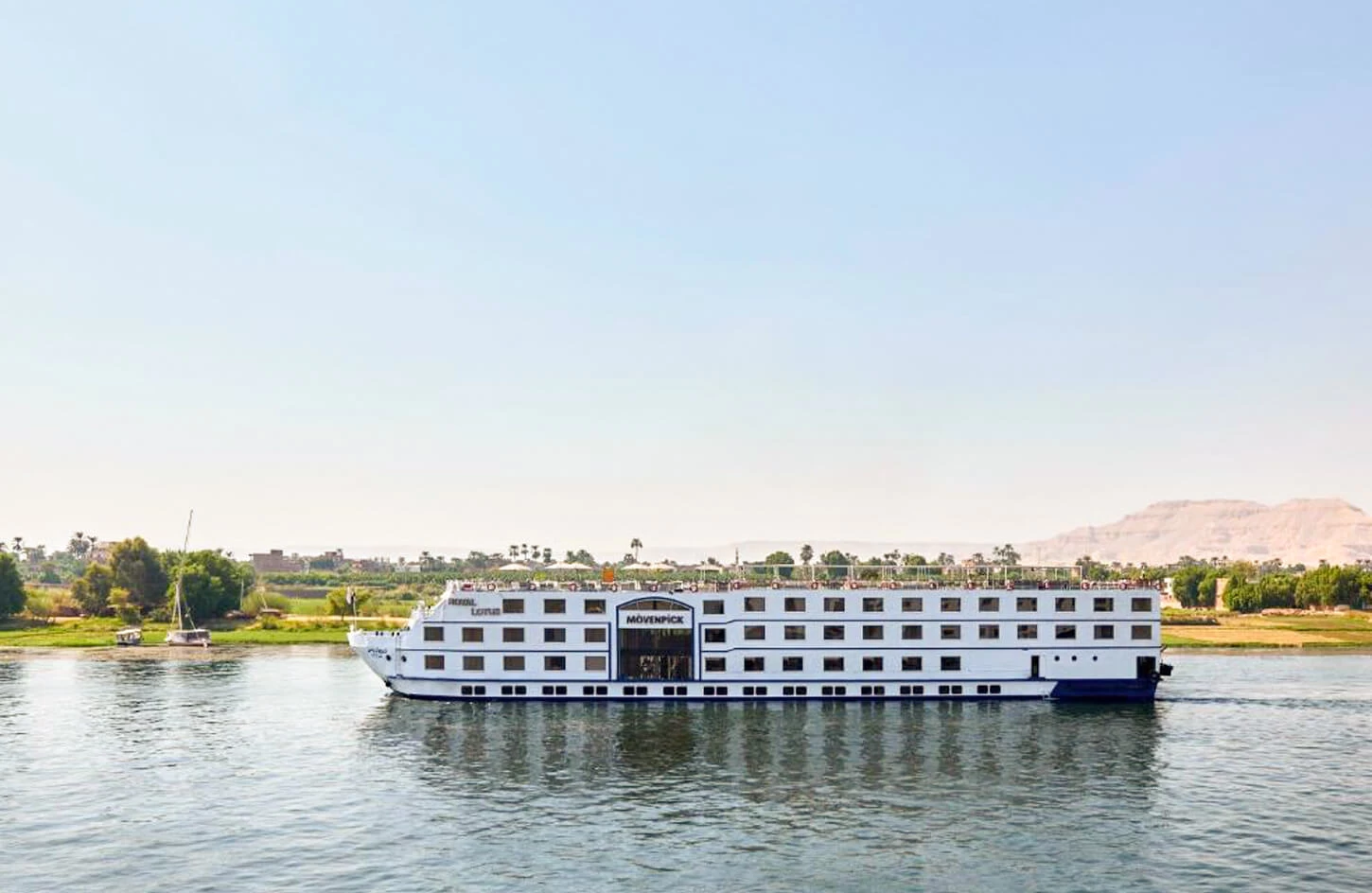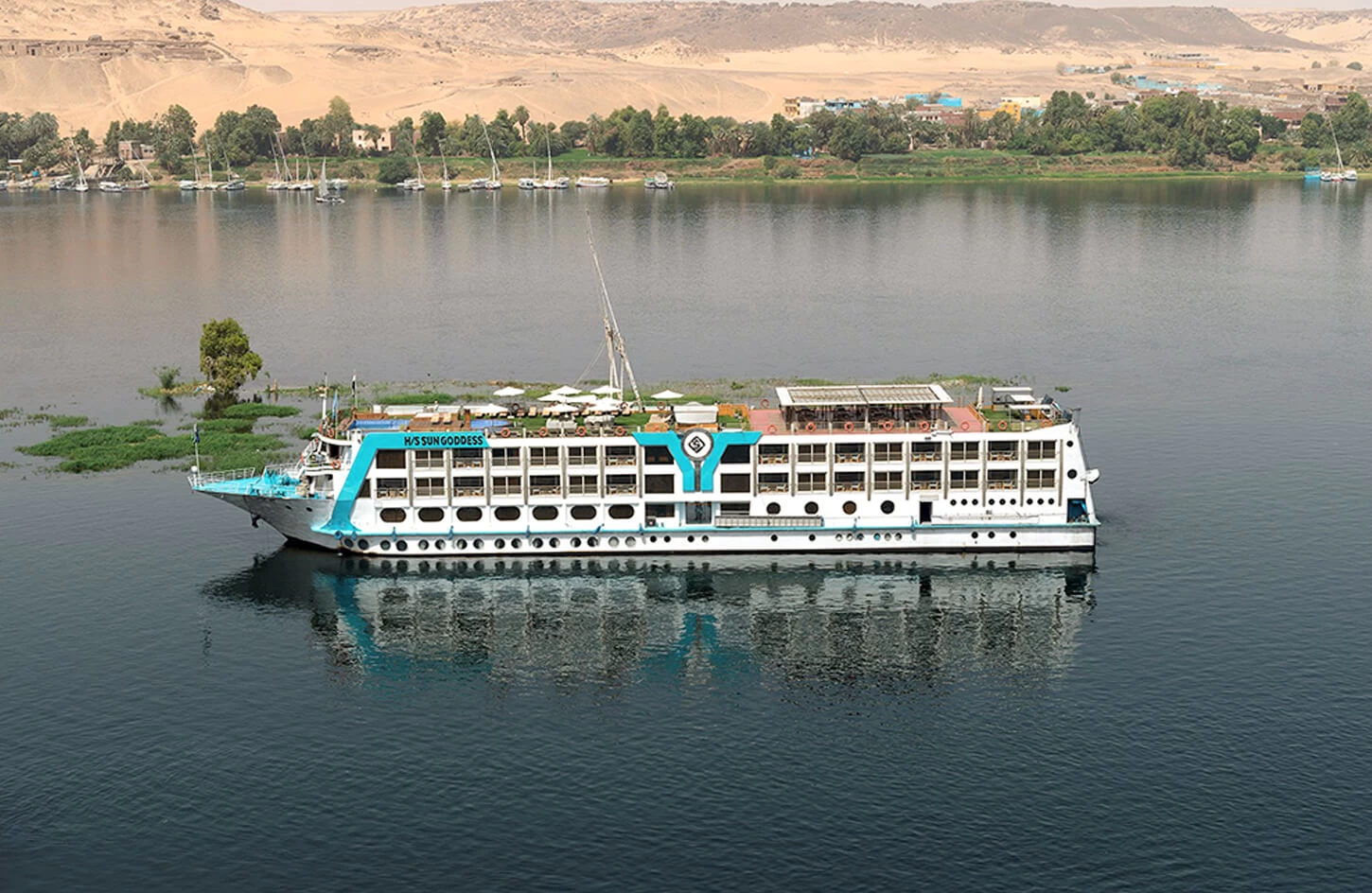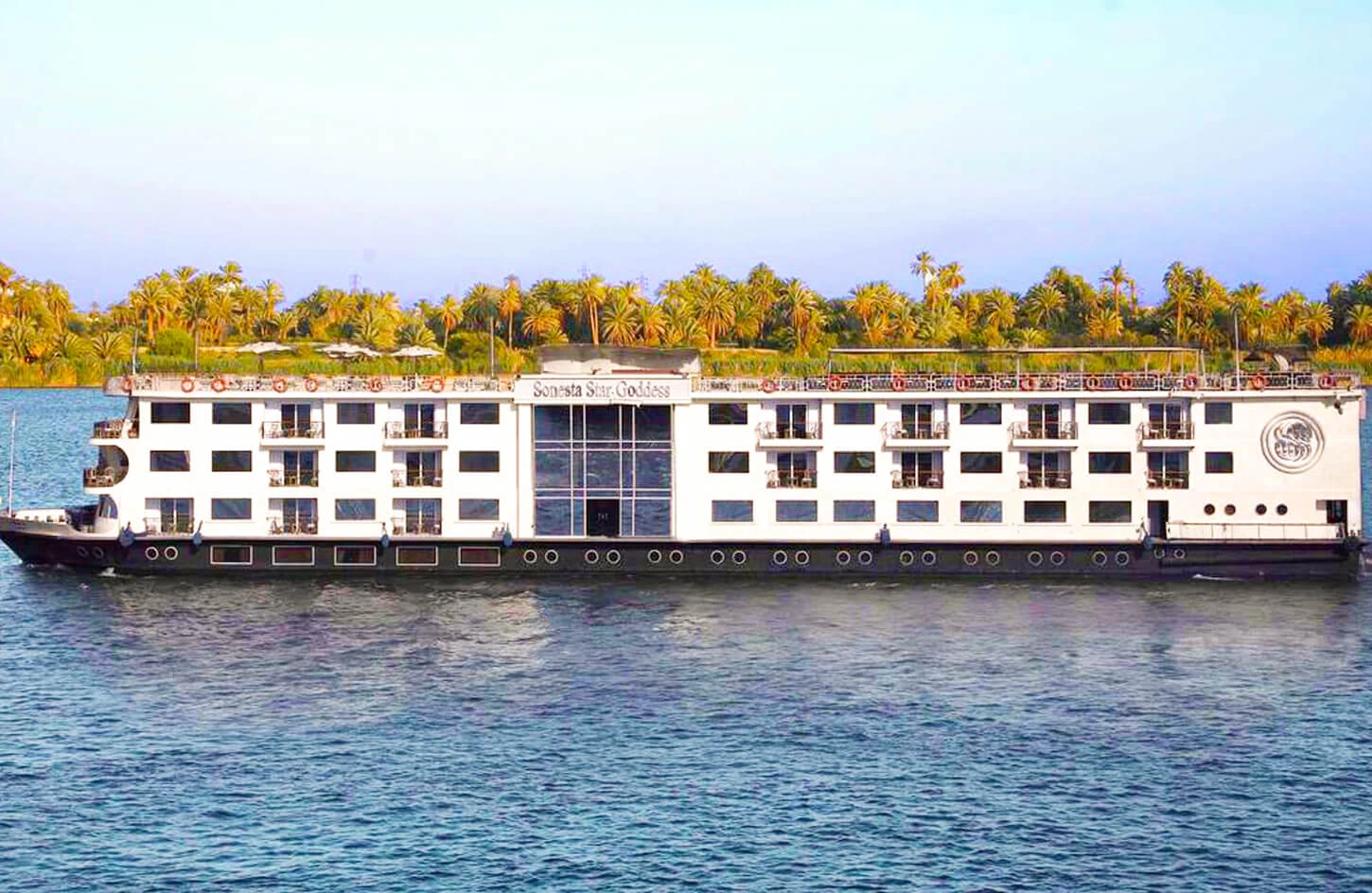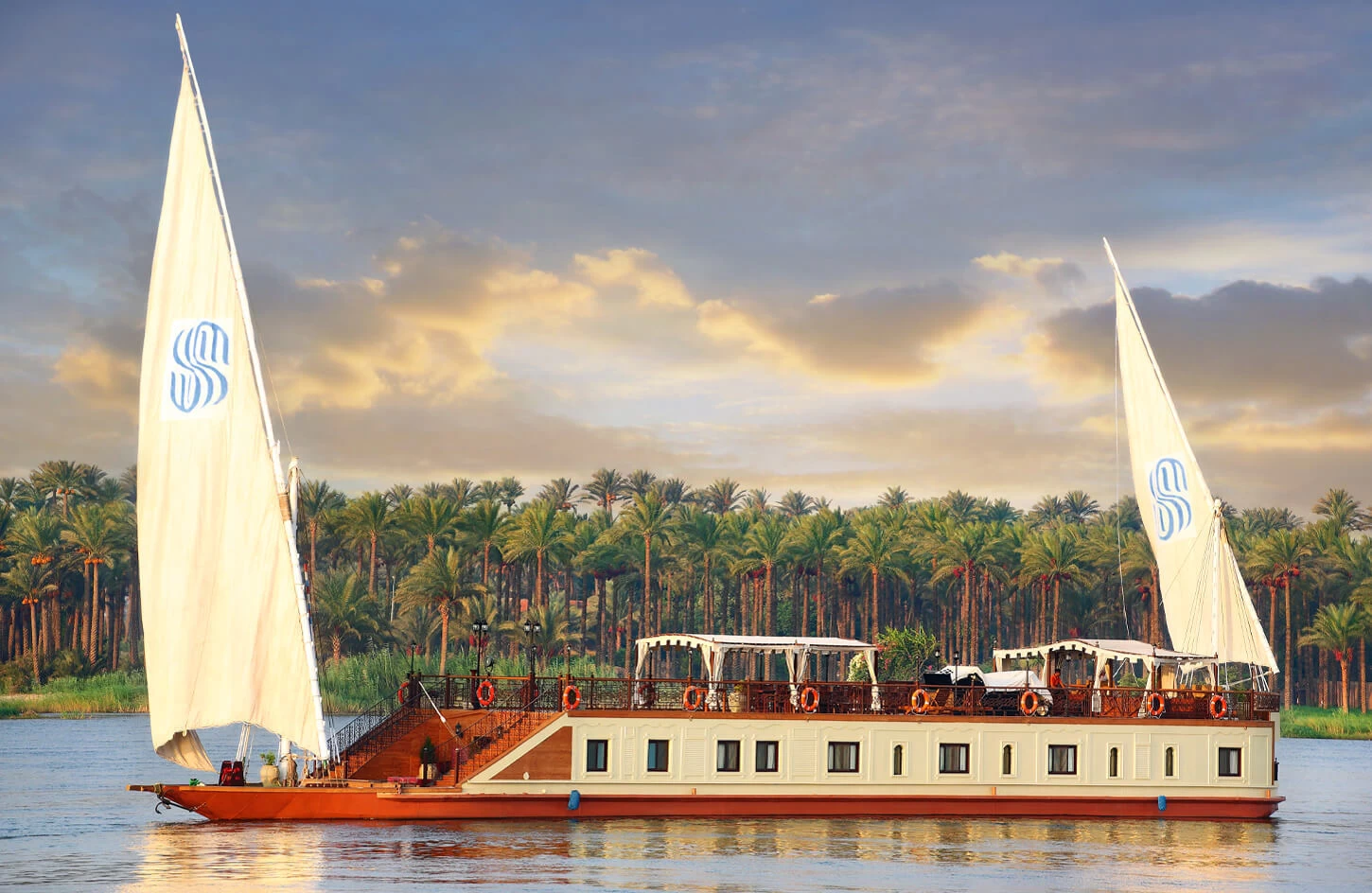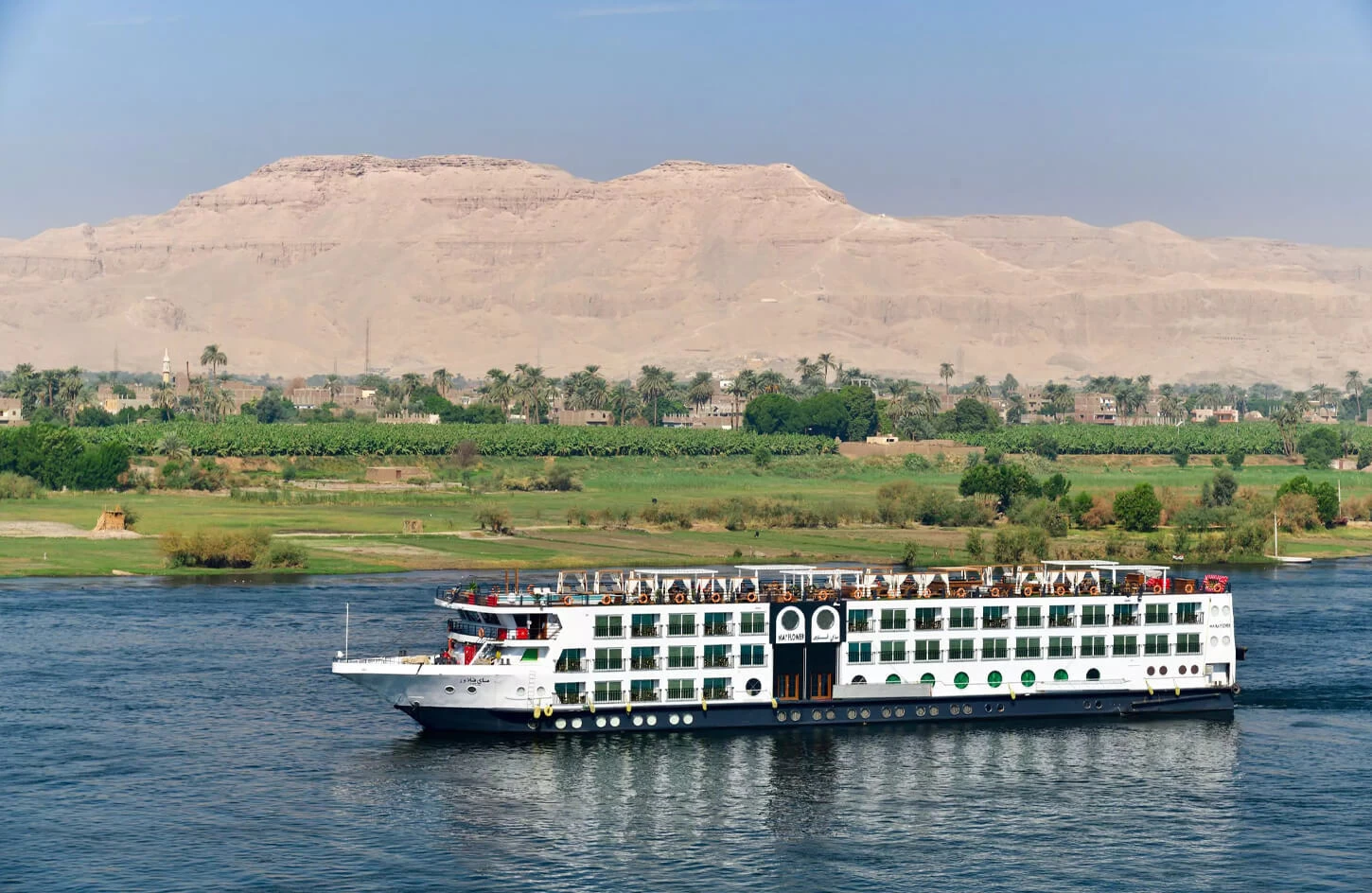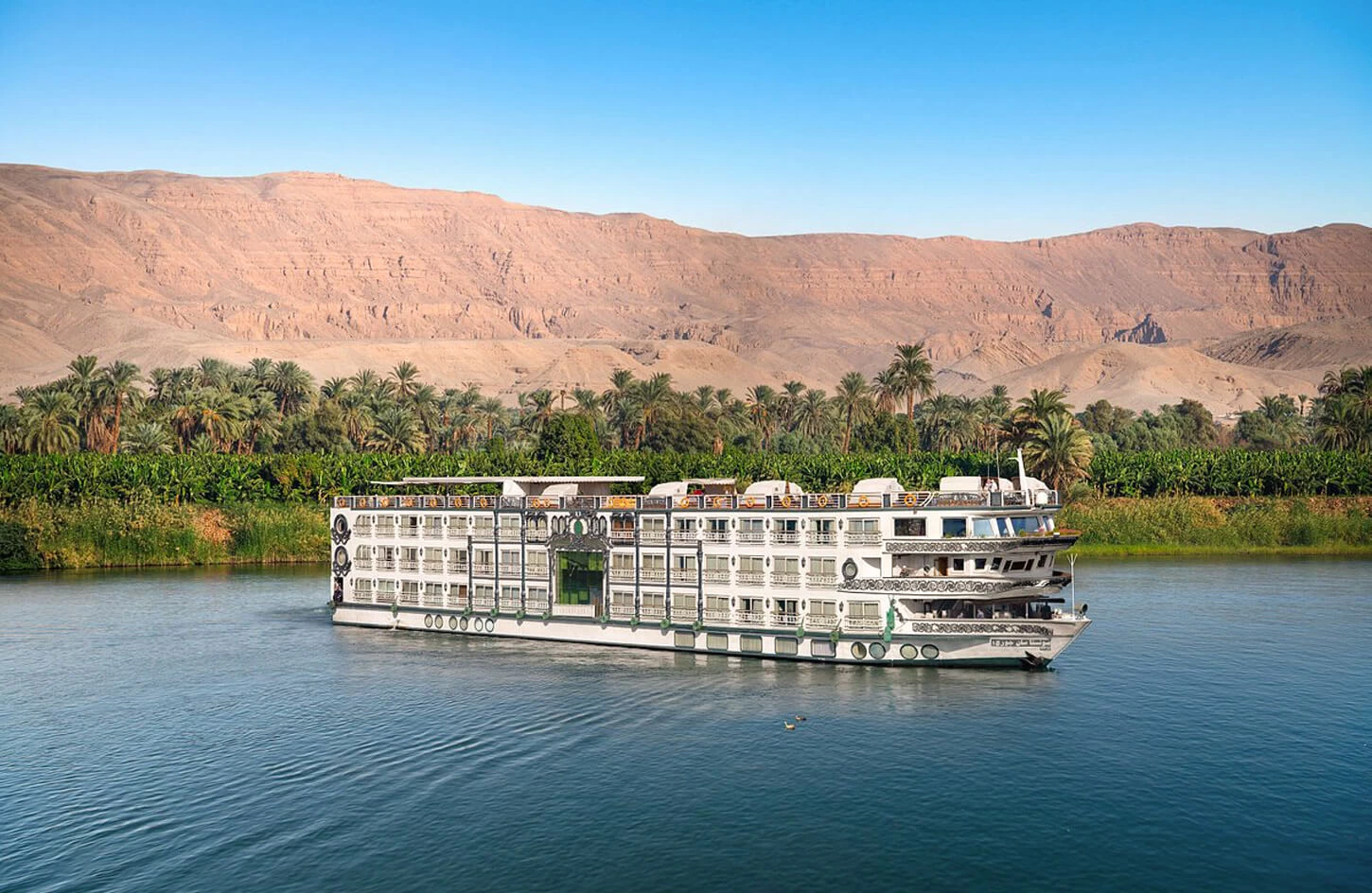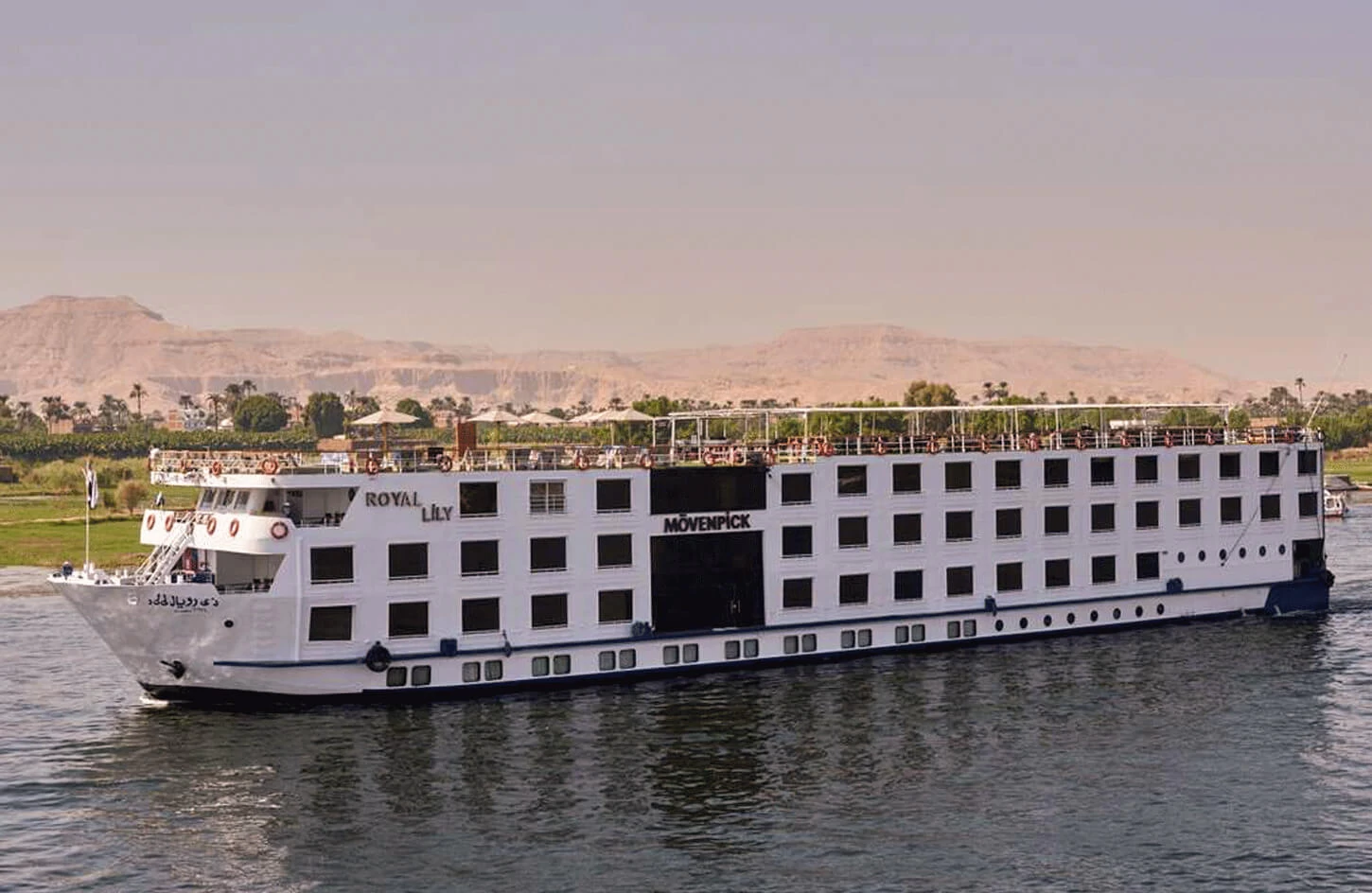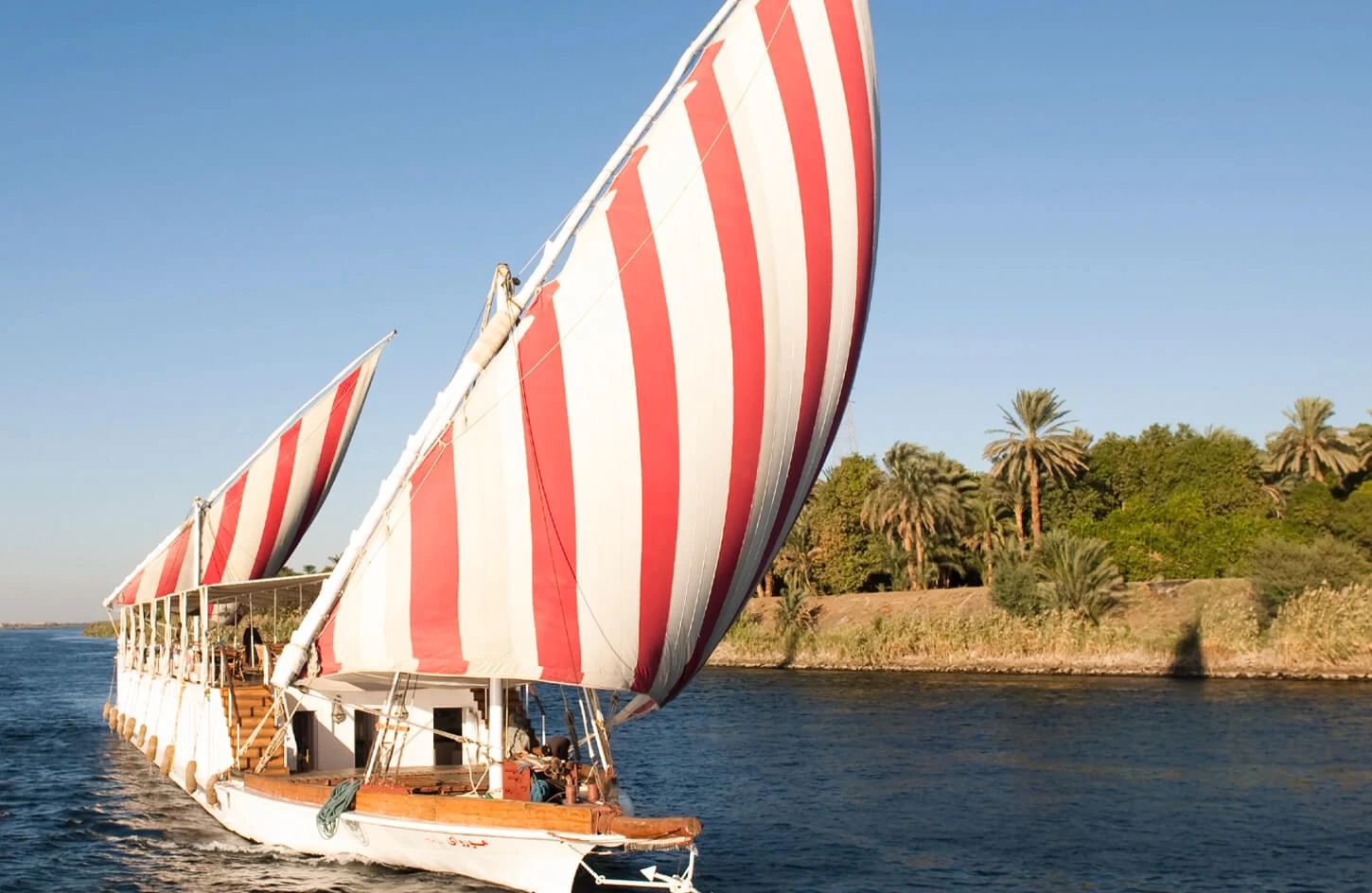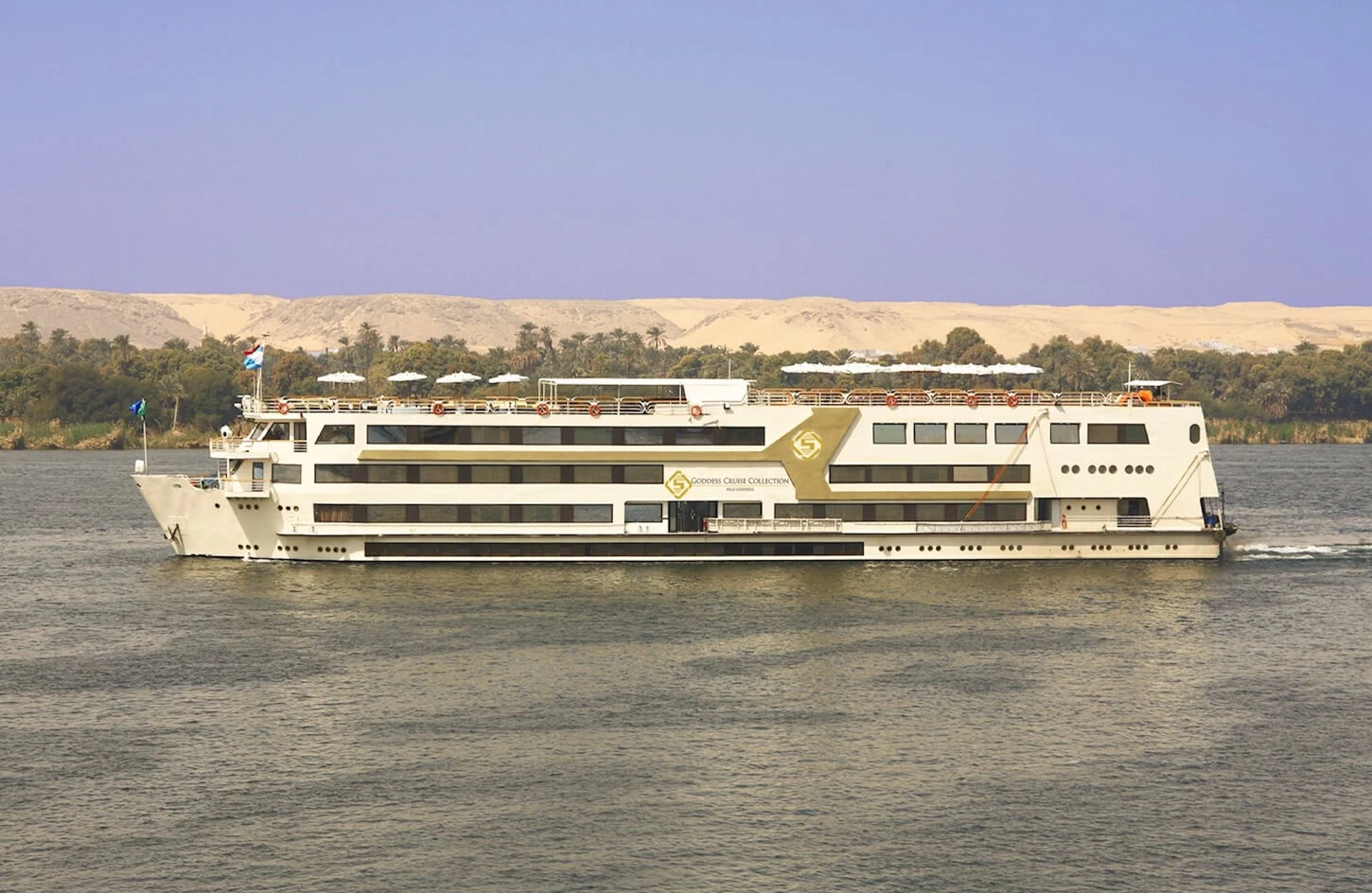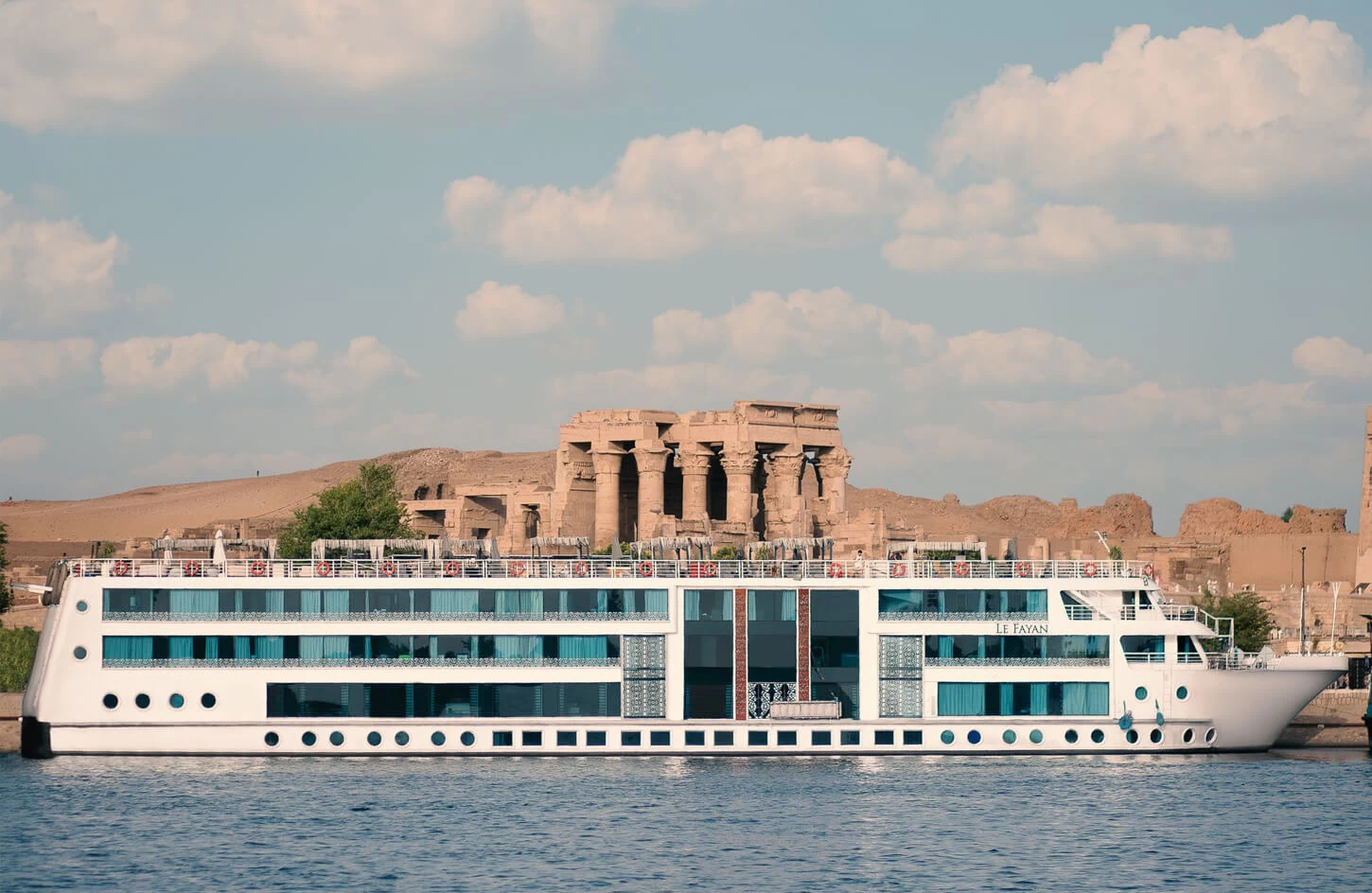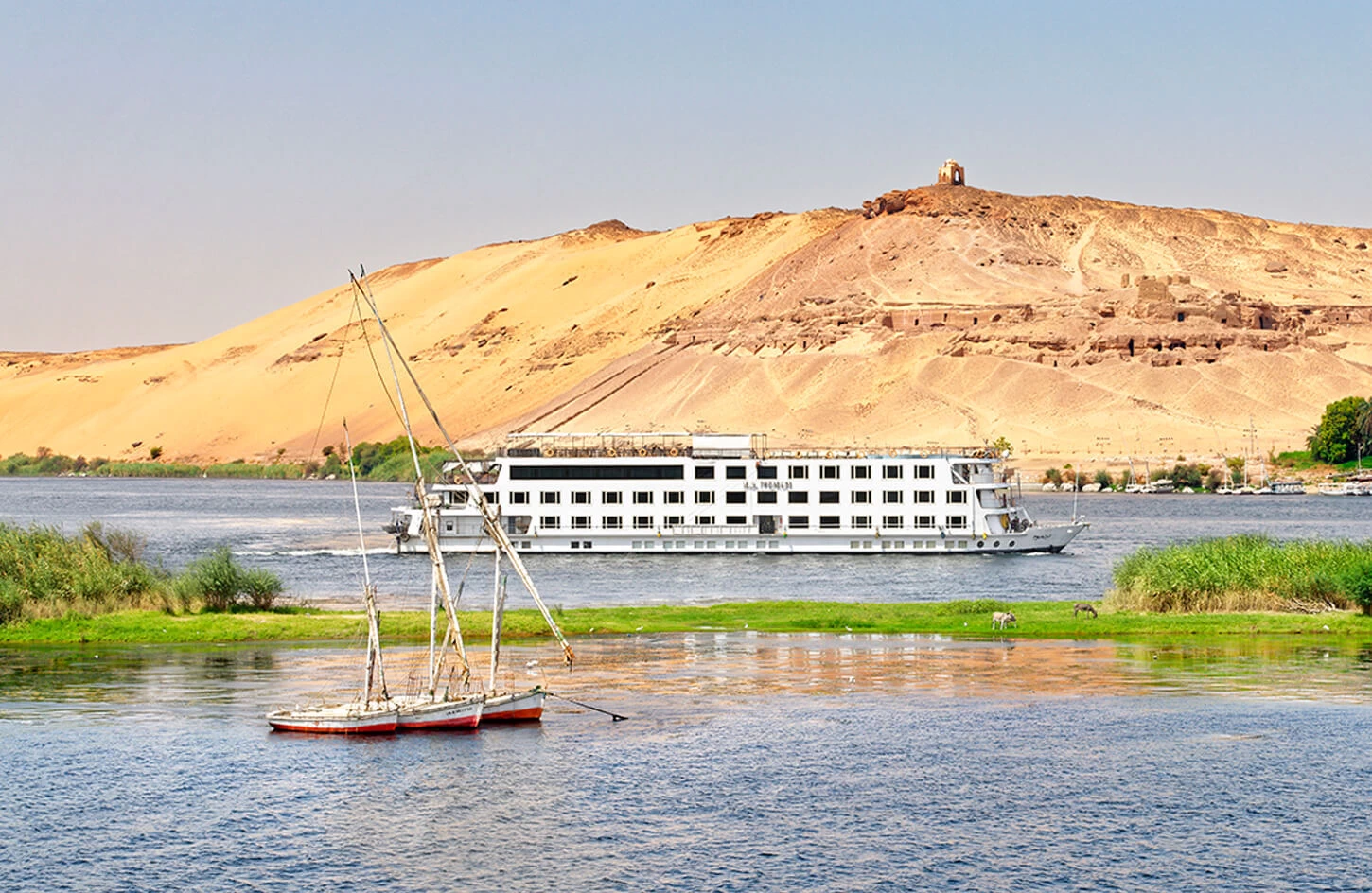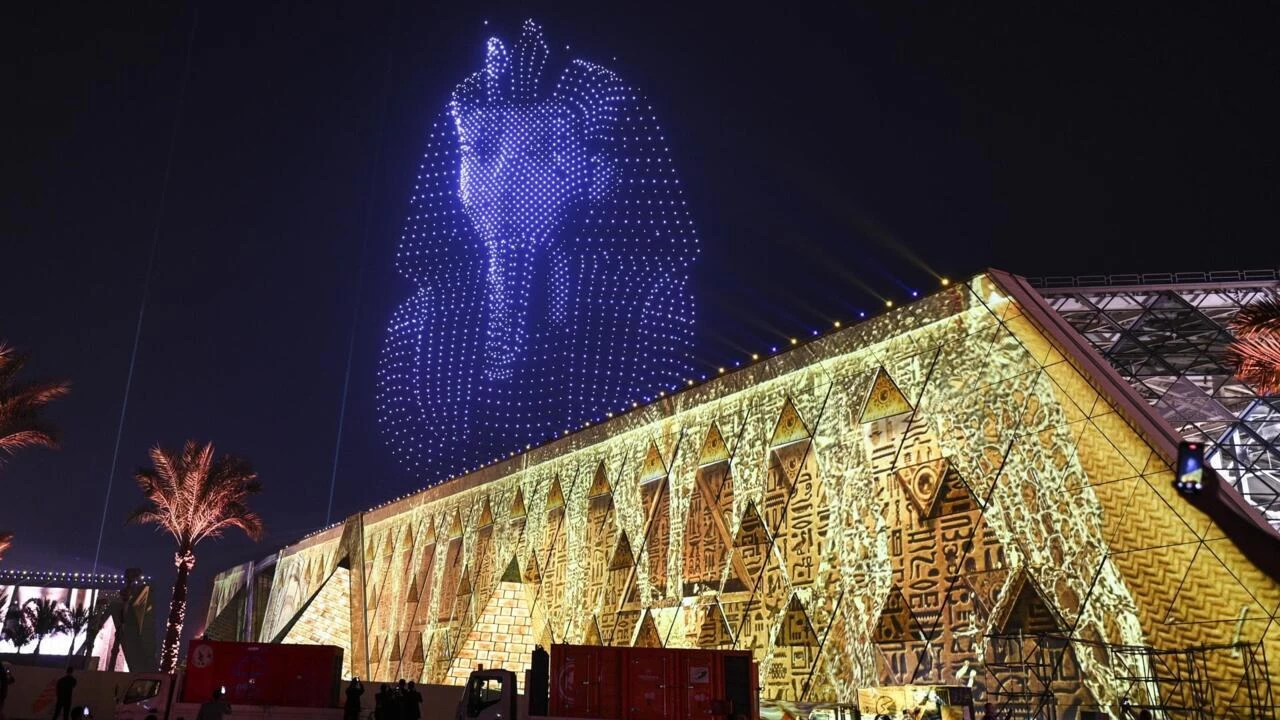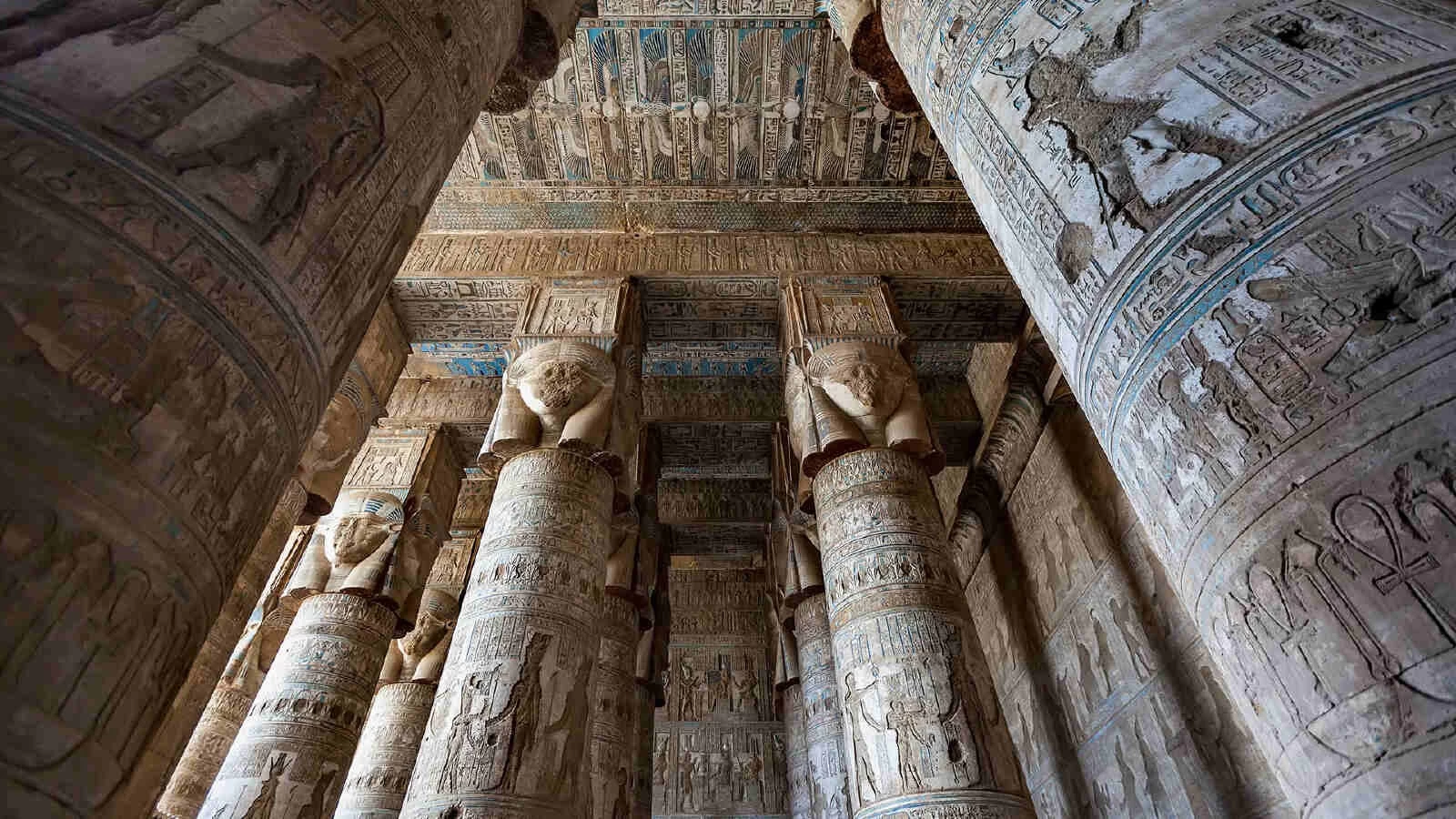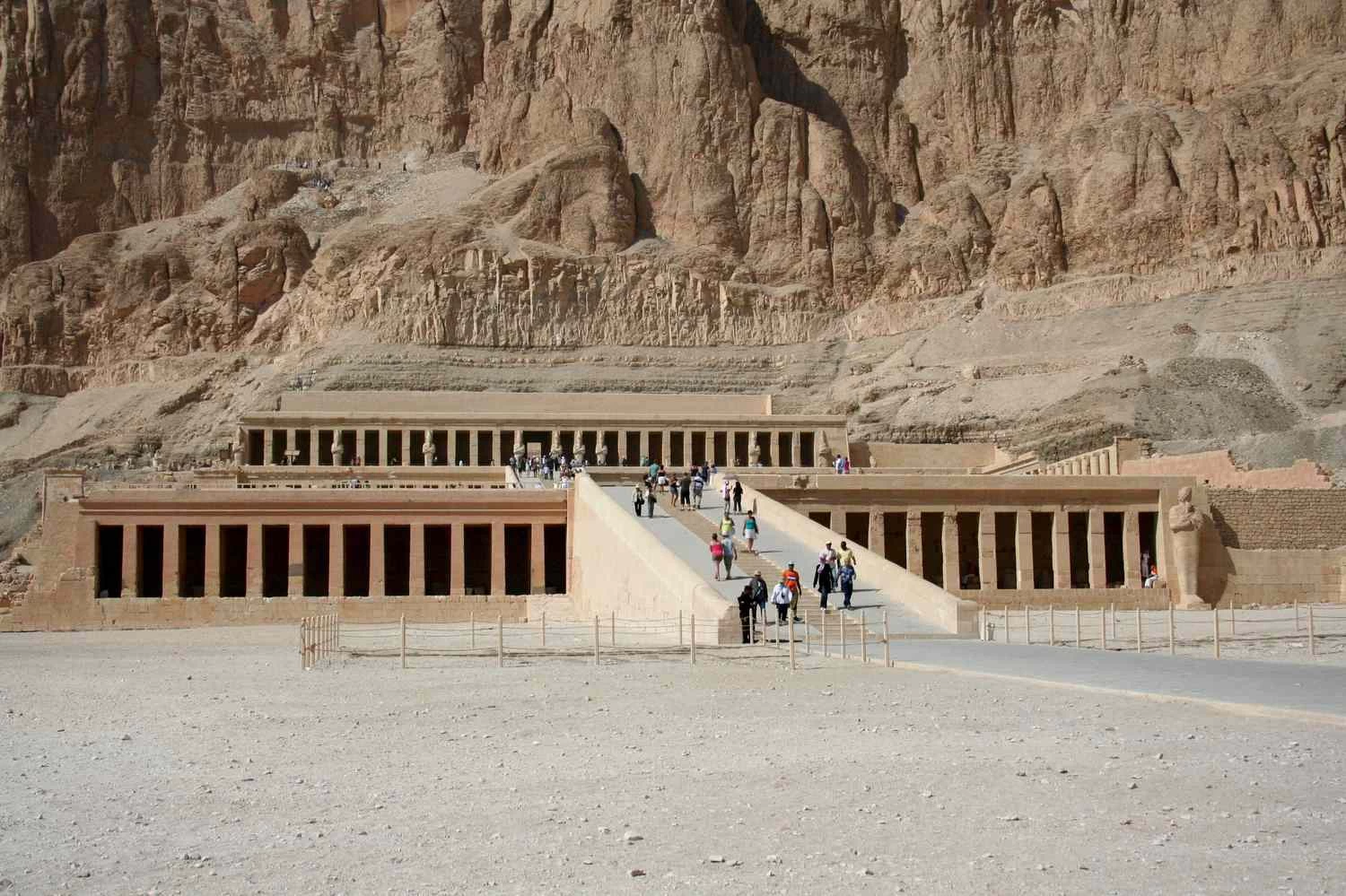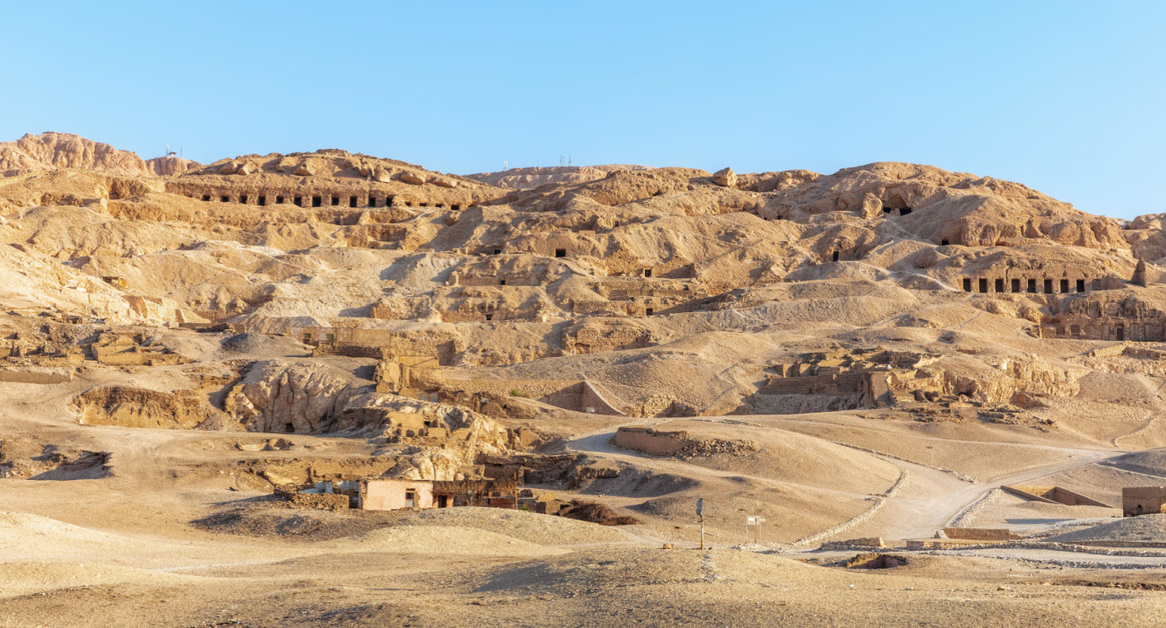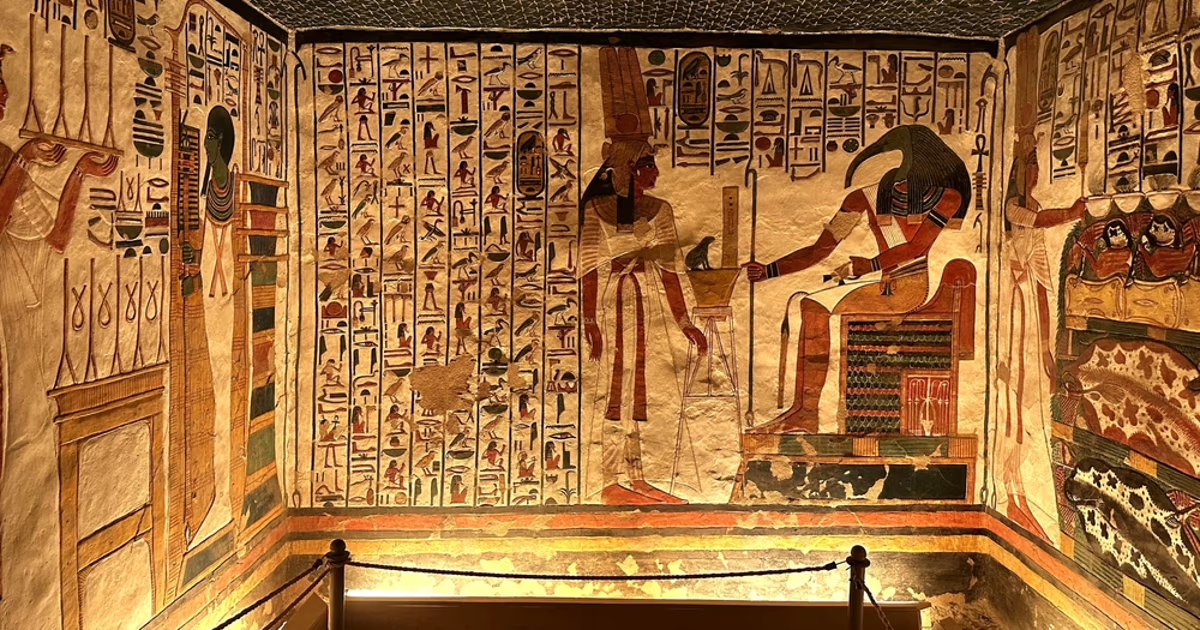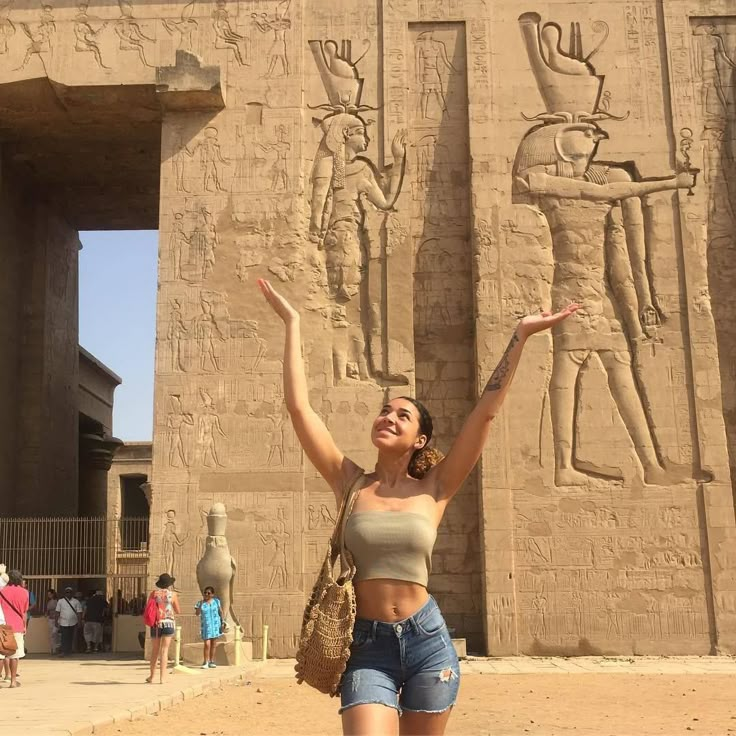Luxor East Bank
-webp.webp)
The Luxor East Bank is a vibrant and historically rich area that invites travelers to experience the grandeur of Egyptian history. Stretching along the eastern side of the Nile, this cultural hub is home to some of Luxor’s most iconic temples and archaeological landmarks. Whether you’re planning a Luxor day tour, a longer day trip to Luxor, or joining one of the many guided Luxor excursions, the East Bank offers a deep dive into the legacy of ancient Egypt. In this guide, we’ll explore five essential attractions on the East Bank—each one shedding light on different facets of this extraordinary civilization.
Karnak Temple Complex
A visit to the Karnak Temple Complex is one of the most unforgettable things to do in Luxor. As one of the world’s largest religious structures, it reflects the architectural and spiritual evolution of ancient Egypt. Dedicated to the Theban triad—Amun, Mut, and Khonsu—this complex was expanded over nearly two millennia by various pharaohs.
Key Features:
-
Great Hypostyle Hall: Featuring 134 towering columns, the central ones reaching nearly 20 meters in height.
-
Sacred Lake: A significant site used in ritual purification ceremonies.
-
Sacred Scarab: A statue believed to bring good luck when circled seven times.
With its blend of grand open spaces and intimate chapels, Karnak Temple offers an awe-inspiring journey into the religious life of ancient Thebes.
Luxor Temple
Located in the heart of the city, Luxor Temple is a masterpiece of ancient construction that celebrates the divine nature of kingship. Built primarily by Amenhotep III and later expanded by Ramses II, the temple is one of the best-preserved monuments in Egypt.
Key Features and Attractions:
-
Avenue of Sphinxes: This grand processional way connects Luxor Temple to Karnak Temple, stretching for nearly two miles.
-
Night Illumination: The temple becomes even more majestic after sunset, when lights highlight its statues and massive columns.
As one of the key stops on any Luxor East Bank tour, the temple provides a magnificent evening experience with its glowing facade against the night sky.
Luxor Museum
The Luxor Museum is a must-visit destination for anyone interested in archaeology and the historical treasures of Luxor. This museum houses a refined collection of items uncovered from nearby temples and tombs, offering a focused look at local heritage.
Highlights:
-
A reconstructed wall from the Temple of Aten.
-
Artifacts recovered from the tomb of Tutankhamun.
-
Exquisite statues of various pharaohs and important figures from ancient Egyptian history.
For visitors looking to understand the cultural context of the East Bank, the Luxor Museum complements temple visits beautifully and is frequently included in Luxor excursions.
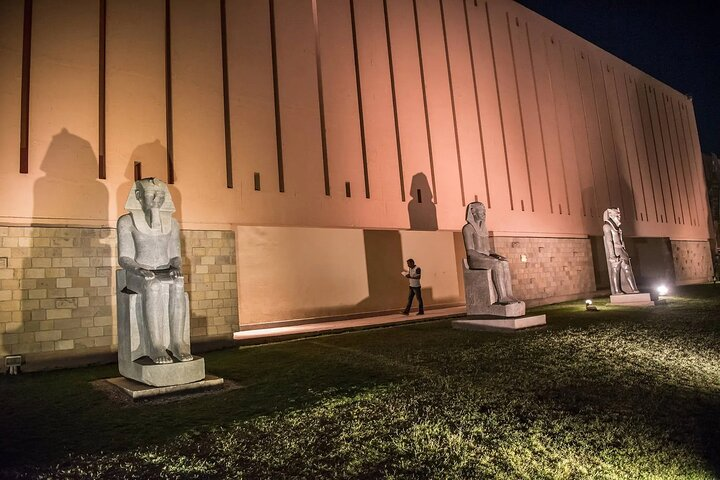
Mummification Museum
The Mummification Museum offers a detailed look into one of the most fascinating aspects of Egyptian history—the process and rituals of mummification. This unique museum explains the beliefs and techniques behind preserving the dead for the afterlife.
Key Exhibits:
-
Human and Animal Mummies: Displayed in carefully maintained showcases.
-
Embalming Tools: Original instruments used by ancient embalmers.
-
Ritual Artifacts: Items that reflect the religious customs surrounding death and rebirth.
The museum’s focused approach makes it an ideal stop during a Luxor day tour or a themed Luxor adventure tour.
Avenue of Sphinxes
The Avenue of Sphinxes is a monumental roadway that once connected Luxor Temple and Karnak Temple. This ancient ceremonial path was rediscovered and partially restored, offering visitors a tangible link to the grand processions of the past.
Features Include:
-
Hundreds of sandstone sphinx statues line the avenue.
-
Restoration projects that now allow tourists to walk along parts of the ancient road.
This historic walkway is not only a physical connection between two of Luxor’s most important sites, but also a symbol of the continuity of Egypt’s spiritual and political power.
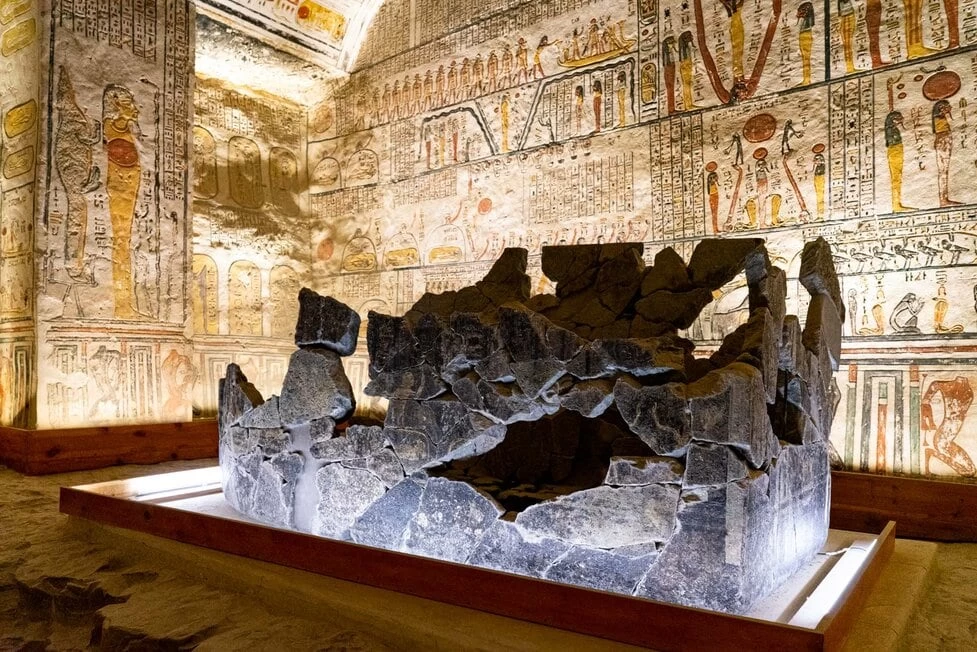
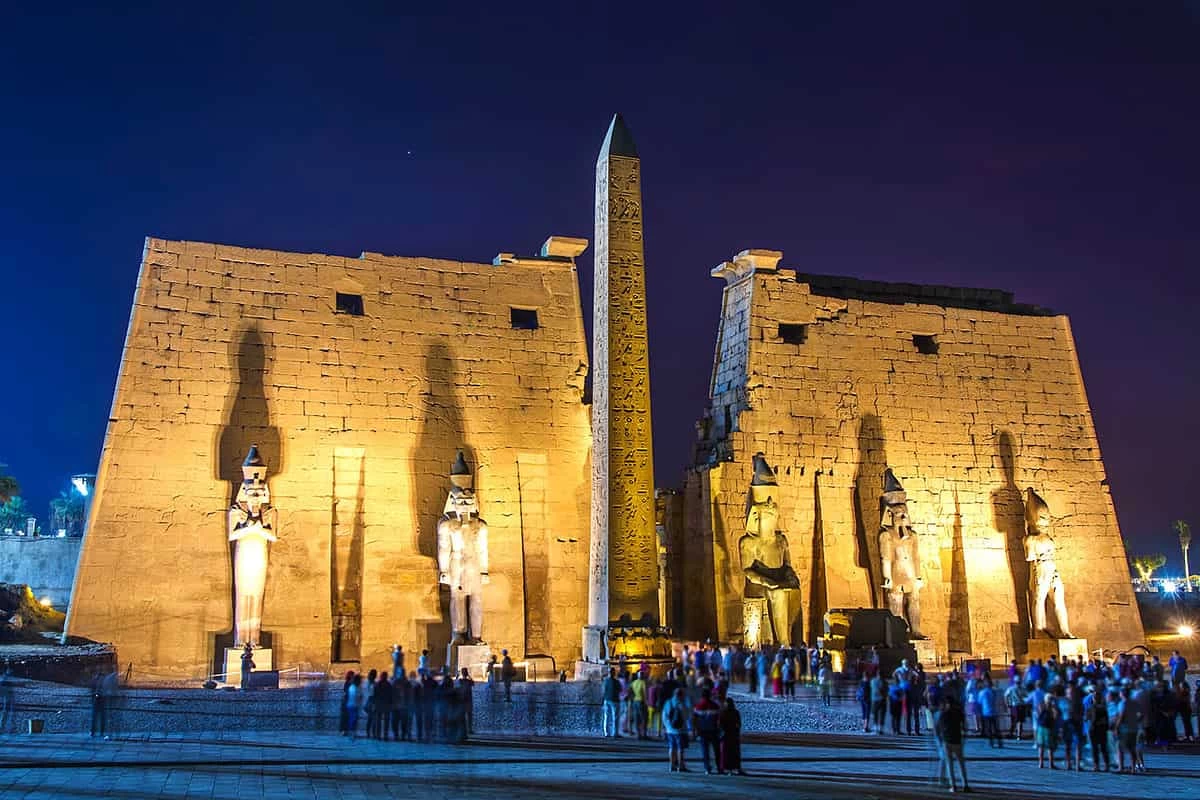
-(1)-webp.webp)
-webp.webp)
